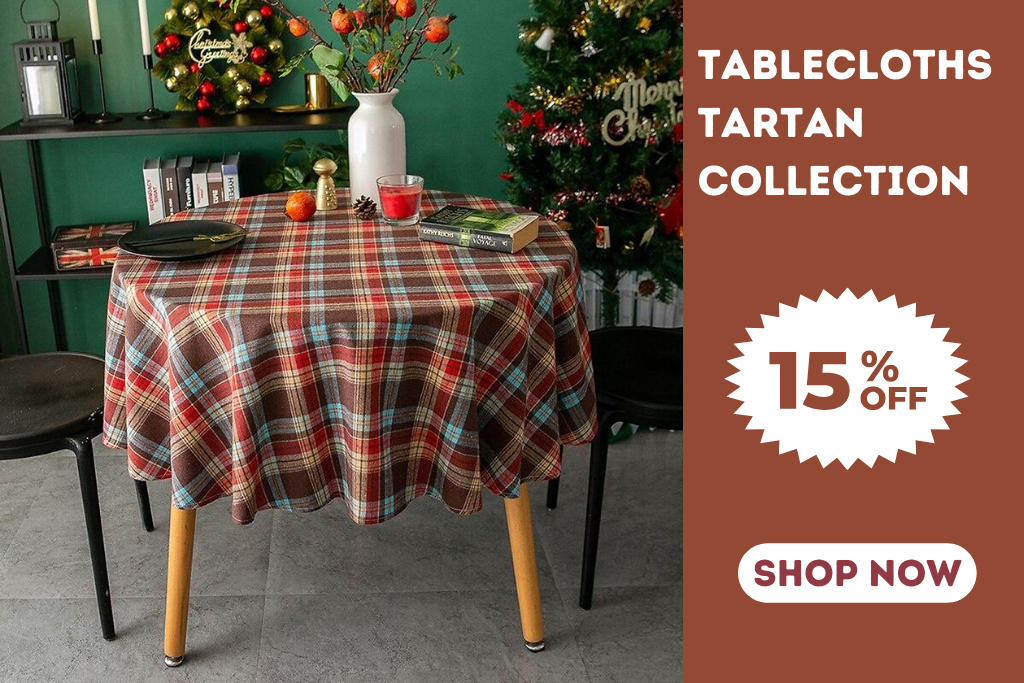Posted by Maris on 4th Sep 2023
What is Scotland famous for? More than kilts and whisky!
Scotland seems to have it all, with its rich culture and stunning scenery. As you tour craggy highlands, lively towns, and little tea shops, you will be greeted by kind residents. A sheep or ten will almost definitely greet you. Scotland has a lot to offer, from old architecture in southern places like Glasgow to breathtaking beauty in the northern isles.
So, if you’re eager to explore the lush Scottish countryside, wave to highland cattle, and browse historic city alleys, here are some of the highlights of Scotland.
Castles

Beautiful and medieval castles are one of the first things that spring to mind when you think about Scotland. From well-preserved castles to understated ruins, the country is renowned with this magnificent and symbolic fairytale image. It is estimated that the country formerly had around 3,000 castles!
As one might think, finding Medieval castles in Scotland is not difficult. Despite the busy city life surrounding you, you may go castle hopping in Glasgow and feel like you’re stepping back in time. Bothwell Castle, which was built in the 13th century and is easily accessible from the River Clyde, and Crookston Castle, which has spectacular views from the roof, both worth a visit.
Stirling Castle, a well-known building built on Castle Hill in the 8th century, is located just outside of the city. Mary Queen of Scots was crowned at this castle in the 1500s.
The Scottish Highlands
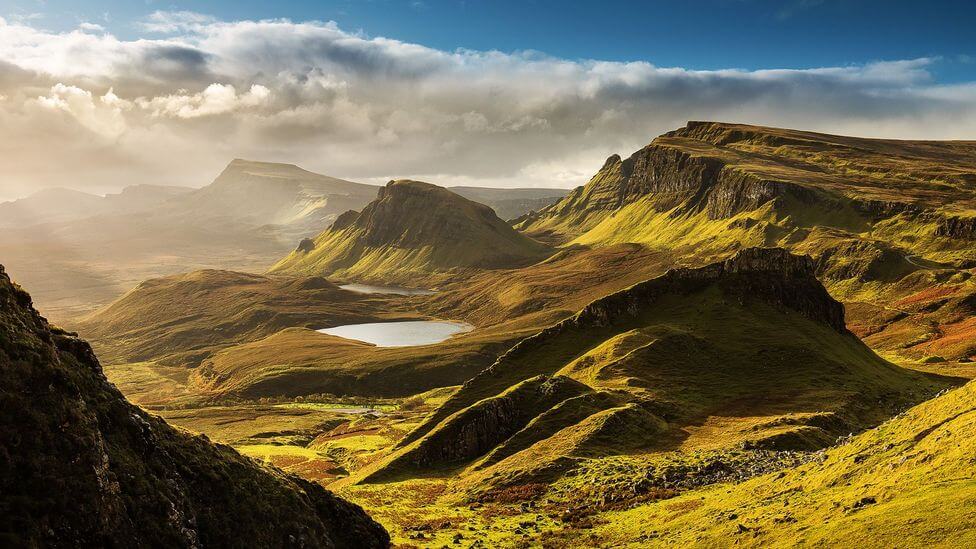
Without a question, the Scottish Highlands are one of the most gorgeous sections of the country. Road trips, cycling, and hiking are all options for exploring the area.
Visit national parks like Loch Lomond and the Trossachs and the Cairngorms to learn about nature. Many people want to climb Ben Nevis, the UK’s highest peak, or drive a little farther to the stunning Isle of Skye, where the famed Old Man of Storr, one of the top climbs in the UK, can be found.
Glencoe is yet another wonderful Highlands destination, with the valley providing a fantastic driving route as well as numerous trailheads for exploring the area on foot. If seeing animals is on your bucket list, go to the Highland Animal Park, where you may be able to see the Scottish wildcat.
The Loch Ness Monster.
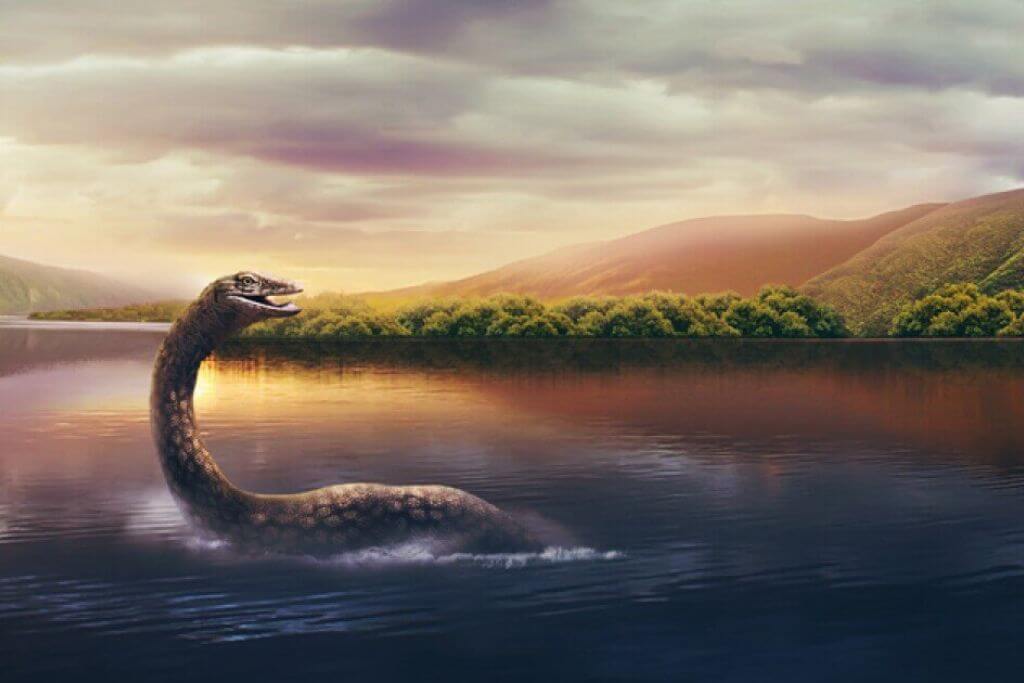
The Loch Ness Monster, said to live in the waters of Loch Ness, is one of the most famous things in Scotland. The “monster” has sparked much debate and possible sightings, the first of which occurred in 565 AD, and is frequently featured in books and films.
To become a part of the mystery, visit Loch Ness and explore it by boat. You may even catch a glimpse of Nessie! The Loch Ness Centre and Exhibition delves into the legend’s history, covering the monster’s timeline, strange sightings, and experiments conducted in the Loch. Only here can you tell if the Loch Ness Monster is a real animal or a long-running hoax.
Bagpipes
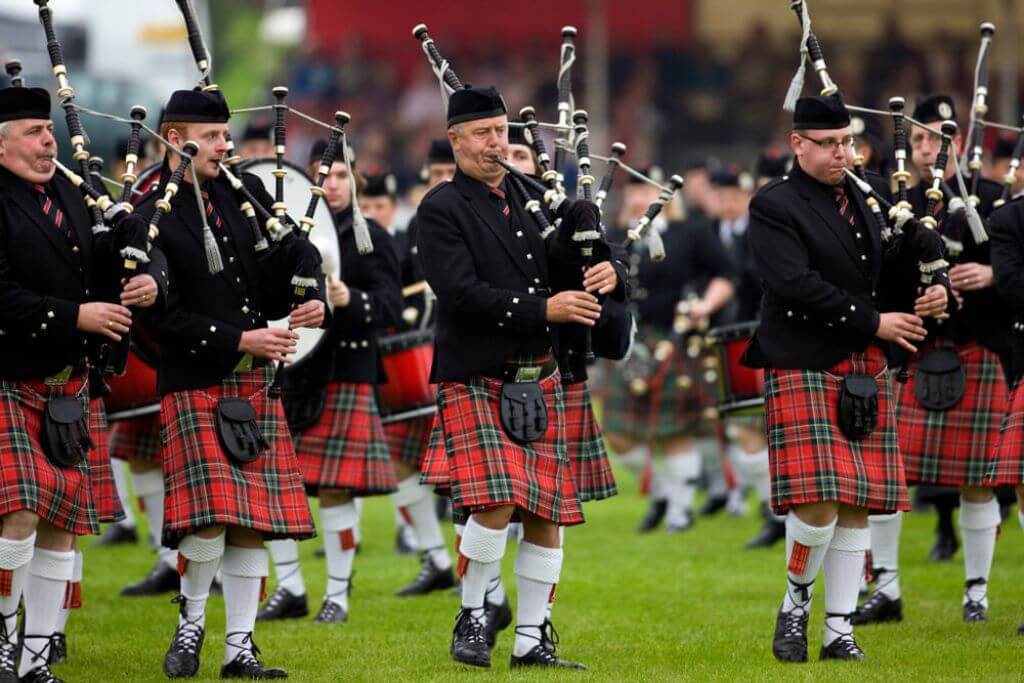
Bagpipes are often associated with Scotland and are widely regarded as the country’s national symbol. The military-inspired Great Highland bagpipe has a long history in Scottish culture. The bagpipe is employed as street music, in pubs, and as a backdrop for festivities and festivals, and is occasionally accompanied by fiddles and folk tunes.
Listening to traditional Scottish music is one of the best ways to immerse oneself in local culture. The National Piping Centre in Glasgow has a more comprehensive history of the bagpipe. The museum chronicles the instrument’s history for almost 300 years.
Whisky
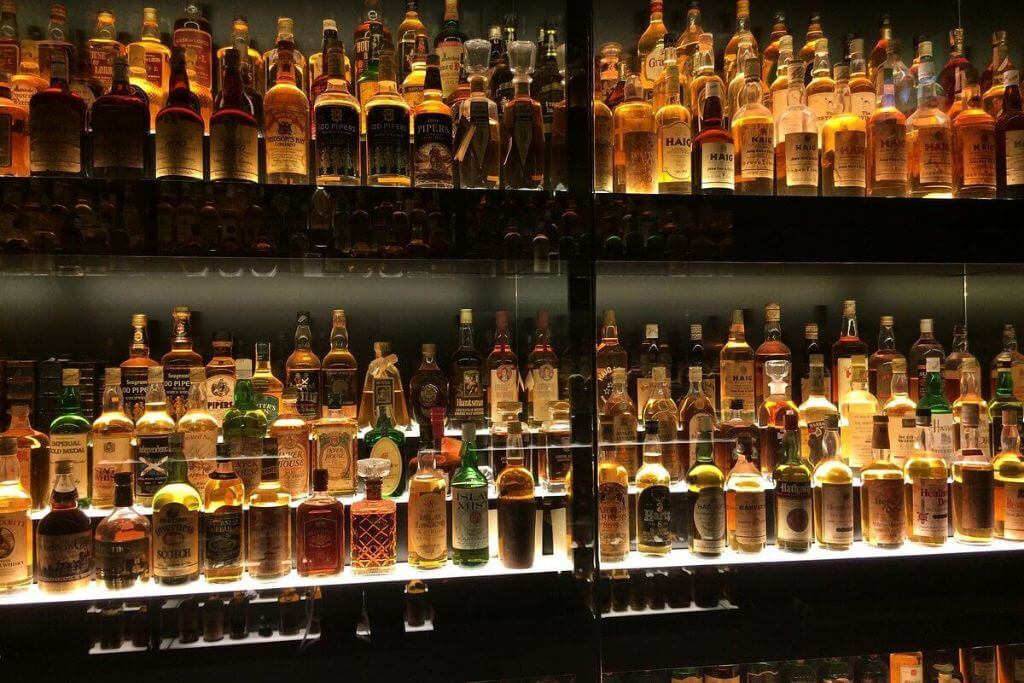
Scotland is well-known for its extensive whisky production. While in Scotland, visiting one of the 109 distilleries is a fantastic chance to enjoy the country’s national drink. The production of Scottish whiskey dates back to the 11th century. The story begins with the belief that when European monasteries began producing wine, monks began producing whisky. The word “whisky” comes from the Gaelic phrase “uisge beatha,” which means “water of life.” Only in Scotland is true Scotch whisky produced and matured for at least three years in oak casks.
The drink will taste vary depending on where you go in Scotland and how it is made. The five whisky-producing regions are Islay, Highland, Campbeltown, Lowland, and Speyside.
The Clydside and Glasgow Distilleries are popular sites to visit in Glasgow, and Glengoyne Distillery, just outside the city, offers tastings against a pastoral scene. The Deanston Distillery and Glenkinchie Distillery are both popular tourist attractions in Edinburgh.
Glen Ord, near Inverness, was founded in the 1800s. In Kirkwall, the Highland Park Whisky Distillery and Scapa Distillery offer a fair taste of the northern Orkney archipelago region.
Wool from Scotland
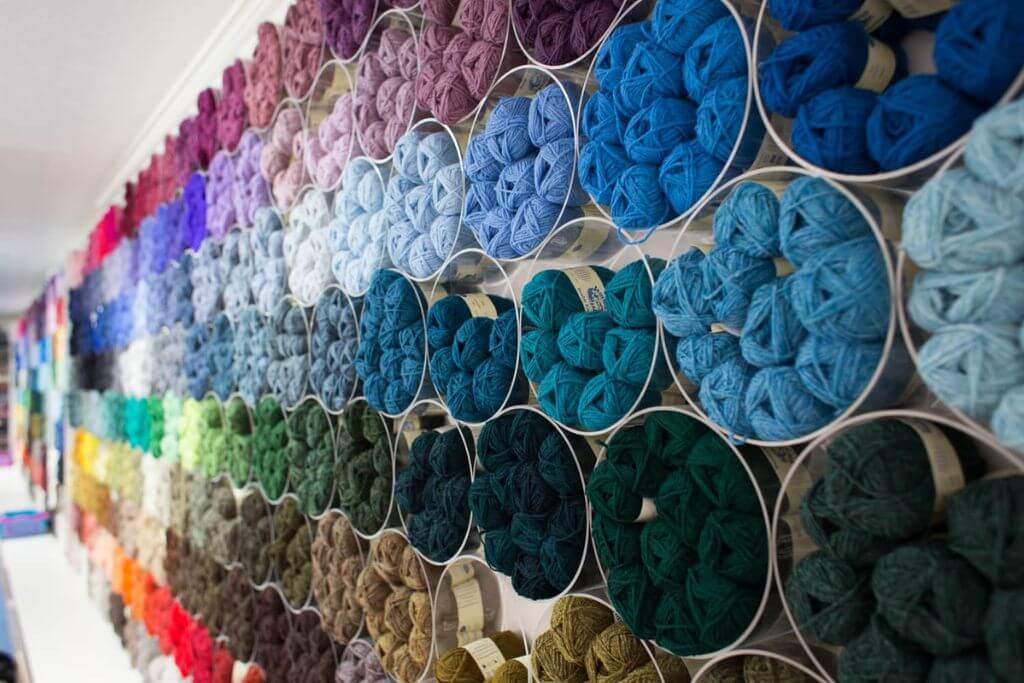
Because of the quantity of sheep farms and the chilly weather that necessitates the use of heavy sweaters and blankets, wool has become a symbol of Scottish history and fashion. Genuine Scottish wool is the best keepsake to take home with you both during and after your holiday. Knit sweaters, scarves, caps, and blankets featuring argyle or plaid themes are popular.
The Edinburgh Woolen Mill is a well-known establishment in the capital city for purchasing a variety of wool items, but comparable stores abound. If you wish to try your hand at knitting your own items, Be Inspired Fibres has a large selection of yarns and other supplies to get you started. Other well-known brands to look for are Harris Tweed, Pringle of Scotland, Lochaven of Scotland, and Hawick.
Haggis
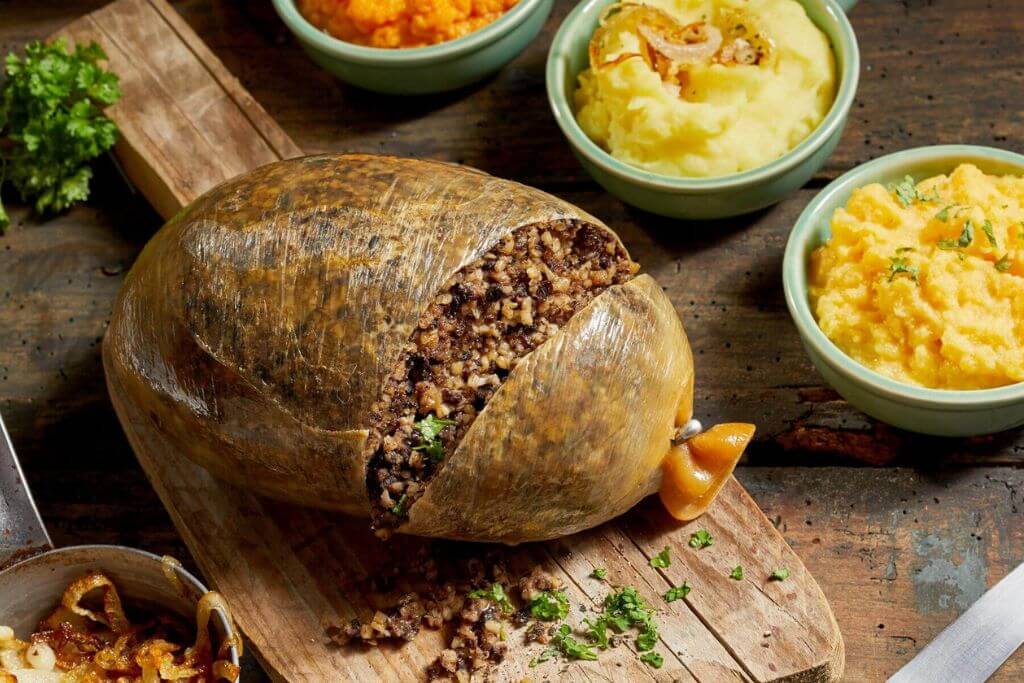
Oh, the traditional Scottish dinner. Haggis is much more than just the heart, liver, and lungs of a sheep. Cool it inside the lining of a sheep’s stomach with some onion, oats, stock, and spices, and you’ve got a famous Scottish pudding that’s usually eaten on holidays or special occasions. If you’re brave enough, this delectable delicacy is a must-try while in Scotland.
It’s typically served with turnips and mashed potatoes and can be found in most eateries around the country. Aside from ordering it at a restaurant or tavern, butcher shops and supermarket stores sell it.
In Scotland, haggis is commonly served as part of a Burns supper in January. This event honors the great poet Robert Burns’ birthday and his love of haggis. He was so captivated by it that he turned it into a poem.
Lochs
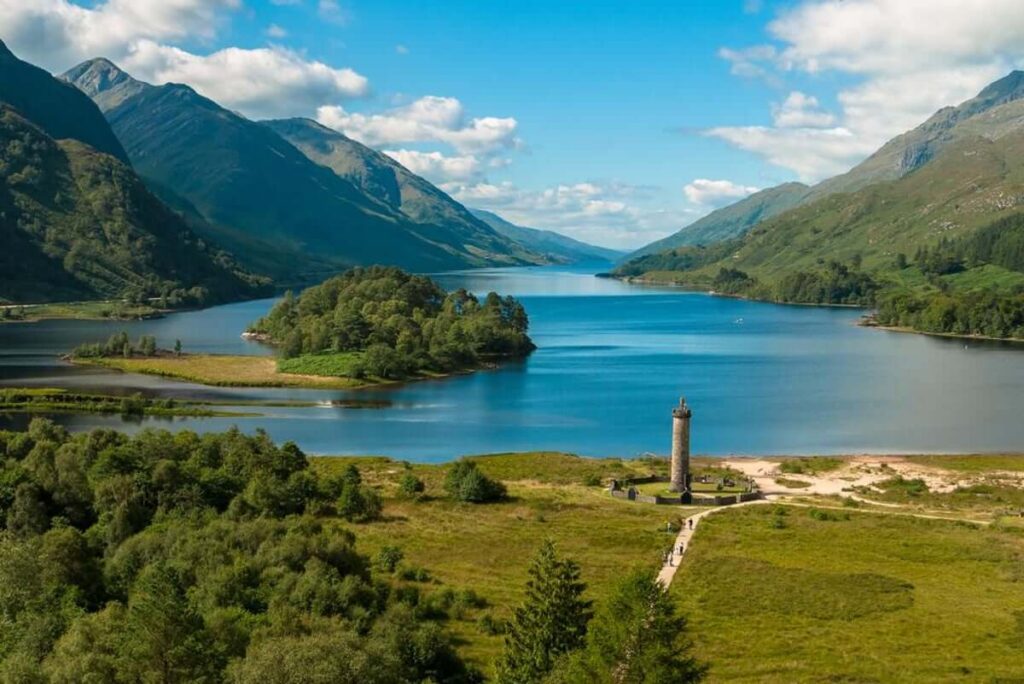
Lochs, or lakes, are a well-known natural feature found all over Scotland. Scotland has around 30,000 freshwater lochs, the most majority of which are found in the lush Highlands region.
The Loch Ness Monster legend is associated with the massive Loch Ness, one of the most well-known in the north. Loch Earn, located in the central Highlands north of Glasgow, has a beautiful location and excellent walking trails.
Visit Loch Morlich in the Cairngorms National Park, southeast of Inverness. Take a walk along the gorgeous beach, paddle or kayak along the water, or have a picnic lunch.
Visit Loch an Eilein, which translates to “Loch of the Island,” for a historical twist on your lochside excursion. Castle ruins here belonged to Alexander Stewart, Earl of Buchan in the late 1300s. Whatever lochs you visit in the country, you will be treated to characteristic Scottish scenery and, more than likely, a castle or two.


